Lunigiana, what to see: the 10 places not to be missed
Lunigiana, a mysterious land of castles, ancient parish churches, inhabited in ancient times by the indomitable population of the Apuan Ligurians, who in these parts have left their most obvious artistic and cultural testimony, the stele statues of Lunigiana. A land of intact medieval villages, legends and ancient myths, in many of its areas still wild. However, this part of upper Tuscany, nestled between Liguria and Emilia, in the province of Massa and Carrara, between the valleys and peaks of the Apennines, is also an area little traveled by mass tourism, where you can find areas where you can relax among the greenery, in nature, among animals, and in all seasons: the Lunigiana offers so much at any time of year. Just as there would be so many things to see, just think of the many castles (in ancient times Lunigiana was a land dominated by the Malaspina family) that form a true system of fortresses, manors and fortified residences throughout the region. We have selected here the ten must-see destinations from which to begin one’s journey of discovery in Lunigiana.
1. The Museum of the Stele Statues in Pontremoli.
To learn all about the Stele Statues of Lunigiana(here is our detailed in-depth review), the ideal place is the Pontremoli Stele Statue Museum, a rich and modern museum housed in the Piagnaro Castle, the fortress that dominates Pontremoli, i.e., the gateway to Lunigiana for those arriving from the north. The museum houses the most comprehensive existing collection of stelae statues (about 80 specimens are known to exist, and about 40 can be seen at the Pontremoli museum), displayed in a path that shows these unique finds in chronological order, explaining in detail the historical, religious, social and cultural context that gave rise to these very special sculptures, as well as the intrinsic characteristics of these works, which were produced over a long period of time, from the third millennium B.C. to the sixth century B.C. The museum, which opened in 1975, was refurbished in 2015, including the use of multimedia apparatus. It is impossible to say you have visited Lunigiana without knowing the history of stele statues.
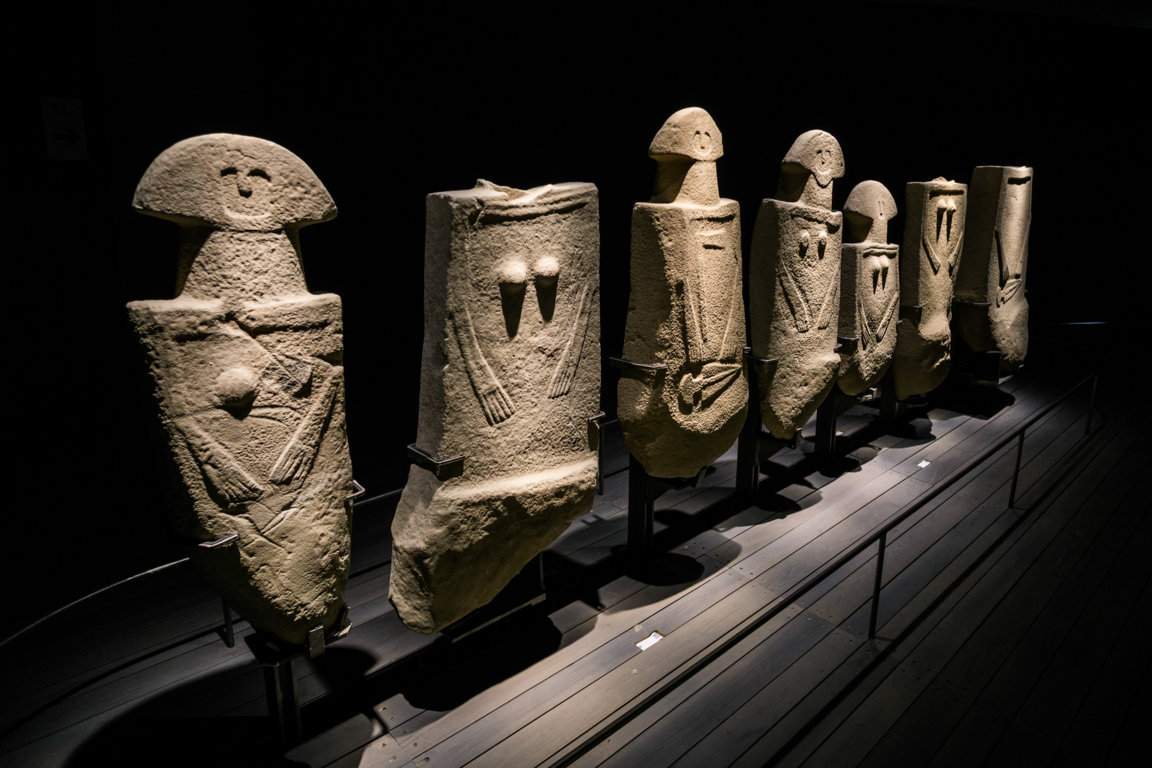
2. The parish church of Sorano
The parish church of Santo Stefano, located in the village of Sorano (hamlet of Filattiera), is one of the best preserved Romanesque parish churches in the area. Easily accessible (in fact, it is located along the Cisa state road), it is a building dating back to the 12th century, in an area that was the site of important prehistoric settlements (this has been demonstrated by the discovery, in Sorano, of no less than seven stele statues, two of which are displayed on the counter-façade). The parish church of Sorano was probably the most important dependency in Lunigiana of the Diocese of Luni: a large building, it is located along what was once one of the main roads linking northern and southern Italy. The building is also important for its construction peculiarities: it is in fact made of unsquared river pebbles, while the roofs are made of slate. Very interesting is the apsidal part, with the three apses and the squared bell tower that make the profile of this building of worship unmistakable.
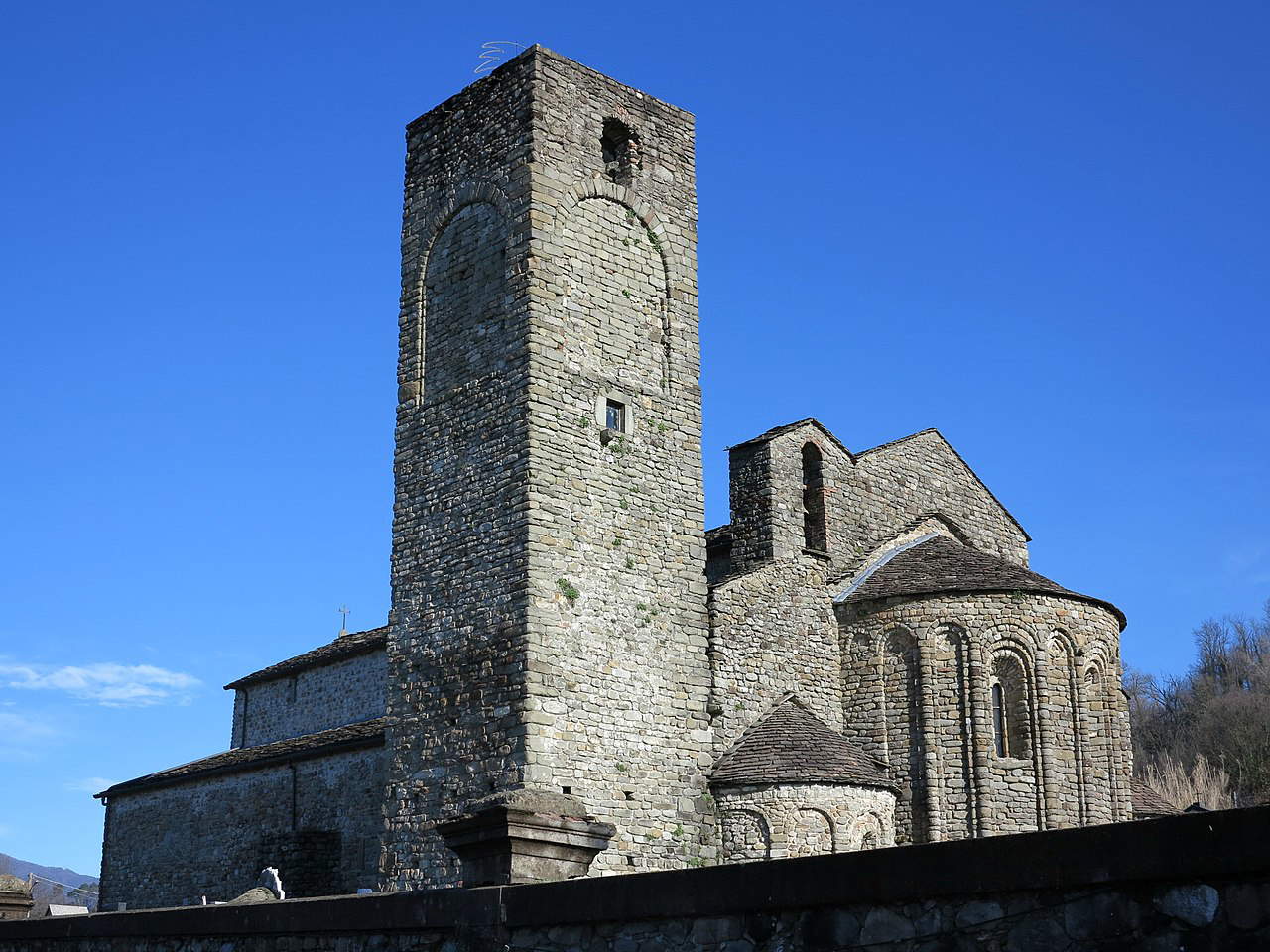
3. The parish church of Codiponte
It is located in one of the hamlets of Casola in Lunigiana, Codiponte: it is the parish church of Saints Cornelius and Cyprian, built in a place where the cult towards Saint Cyprian is already attested in 793, while the first document attesting to the existence of the parish church dates back to 1148. The currently visible building dates back to the 12th century but underwent remodeling in the 14th century, when the parish was damaged by a landslide. It is a Romanesque church distinguished by its capitals richly decorated with zoomorphic and phytomorphic motifs, similar to those of another parish church located nearby, that of San Paolo a Vendaso, in the municipal territory of Fivizzano. Inside, the parish church of Codiponte houses a unique 14th-century triptych with the Virgin and Child in the center, Saints Cornelius and Cyprian on the right, and the Holy Face on the left, the famous crucifix now preserved in Lucca but much venerated in Lunigiana as it was anciently, according to tradition, disputed between the people of Lucca and Lunigiana. The parish church of Codiponte, like that of Sorano, also stands near an ancient Apuan Ligurian settlement.
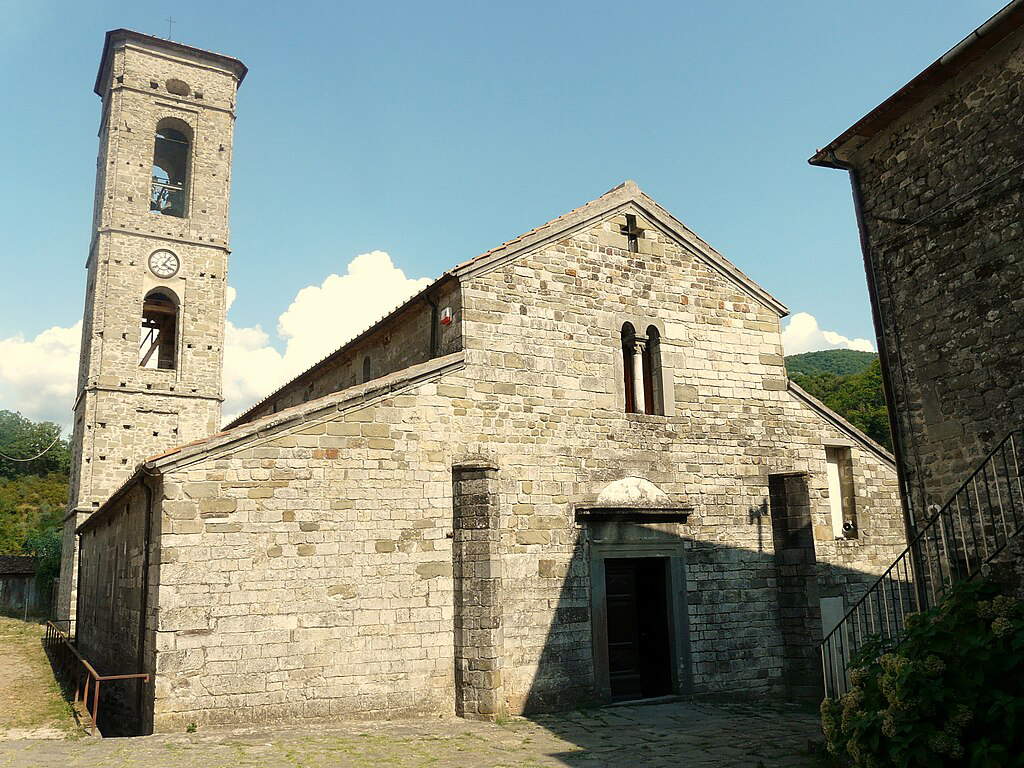
4. Brunella Fortress
It is the most imposing castle in Lunigiana: the Brunella fortress is in fact a military structure, built during the Renaissance above a rocky spur overlooking the town of Aulla, to control the main roads that passed through the area. Despite its massive and menacing appearance, very few ancient sources mention it: in fact, the first document about the Brunella fortress dates back to 1553, a time when we imagine that this fortress was already operational. We do not know who had the fortress built (the most accredited hypotheses lead toward Giovanni dalle Bande Nere, who in 1523 bought the fief of Aulla from the Malaspina di Lusuolo, or Jacopo Ambrogio Malaspina, who was marquis of Aulla at the end of the 15th century, or we think of the Genoese nobleman Adamo Centurione, to whom the fief passed in 1543). The fortress remained the property of the Centurione family until the 18th century, then returned to the Malaspina, while after 1860 it was sold to private owners. In 1920 it was restored by its new owners, English couple Aubrey Waterfield and Lina Duff Gordon, and finally in 1977 it was purchased by the state, which gave it to the Municipality of Aulla. Today the Fortress can be visited and houses the Lunigiana Museum of Natural History, with four rooms that tell the story of the territory from a naturalistic point of view.
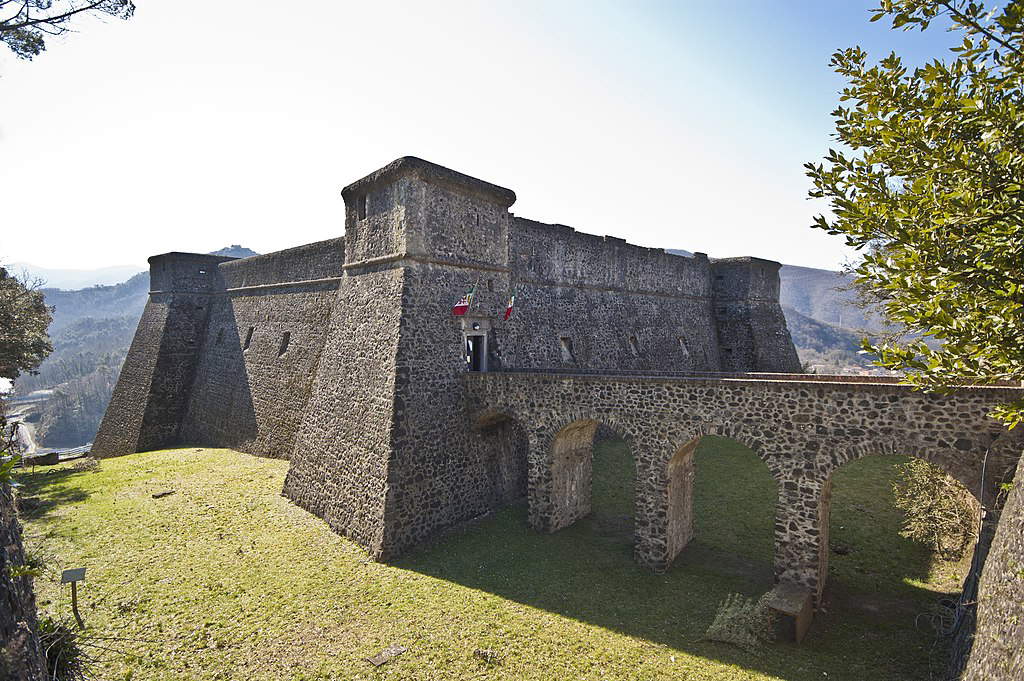
5. The village and forest of Filetto
Filetto is a splendid fortified village (the name itself is said to derive from the Greek word filakterion, meaning “fortified place”), whose origins are lost in the mists of time (it seems that its birth dates back to the 6th-7th centuries), which still preserves intact its medieval appearance: the tower of the ancient walls (the only one still fully recognizable of the four that defended the village), stone buildings, monumental gates, the church of Saints Philip and James, and the 17th-century palace of the Marquis Ariberti. Everything has remained as it once was, and in Filetto it really feels like taking an incredible journey through time. And just outside the village a visit to one of the most magical places in all of Lunigiana is a must, namely the forest of Filetto, believed to be a place of ancient Ligurian Apuan rites (as many as eleven star statues have been found among its chestnut trees). Legend has it that Dante Alighieri, who sojourned in Lunigiana between 1306 and 1307 (he was a guest of the Malaspina family), is said to have drawn inspiration for his “dark forest” precisely from the forest of Filetto.
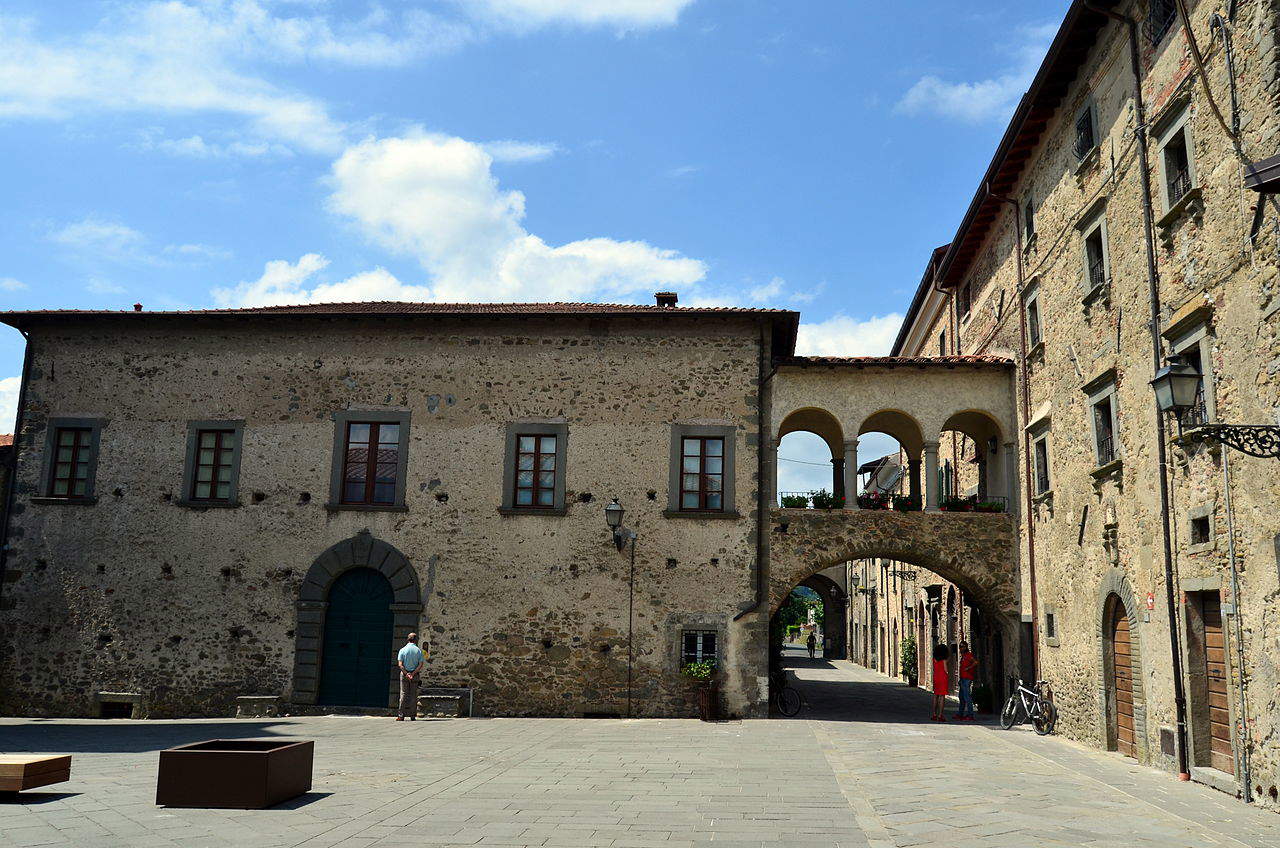
6. Villa Dosi Delfini in Pontremoli
A symbol of Baroque Pontremoli, Villa Dosi Delfini(here is our in-depth video on the building) is the residence, built in the late 17th century, by the wealthy Dosi Delfini family (and in particular by Carlo and Francesco Dosi), at the time when Pontremoli passed to the Grand Duchy of Tuscany after having been Genoese for a long time. Magnificent frescoed rooms (not to be missed is the central hall with frescoes executed between 1697 and 1700 by Francesco Natali and Alessandro Gherardini, with the former taking care of the quadratures and the latter of the scenes), a sumptuous art collection, a magnificent park, sculptures, mirrors, and a rich library make Villa Dosi Delfini one of the most splendid residences in all of Tuscany.
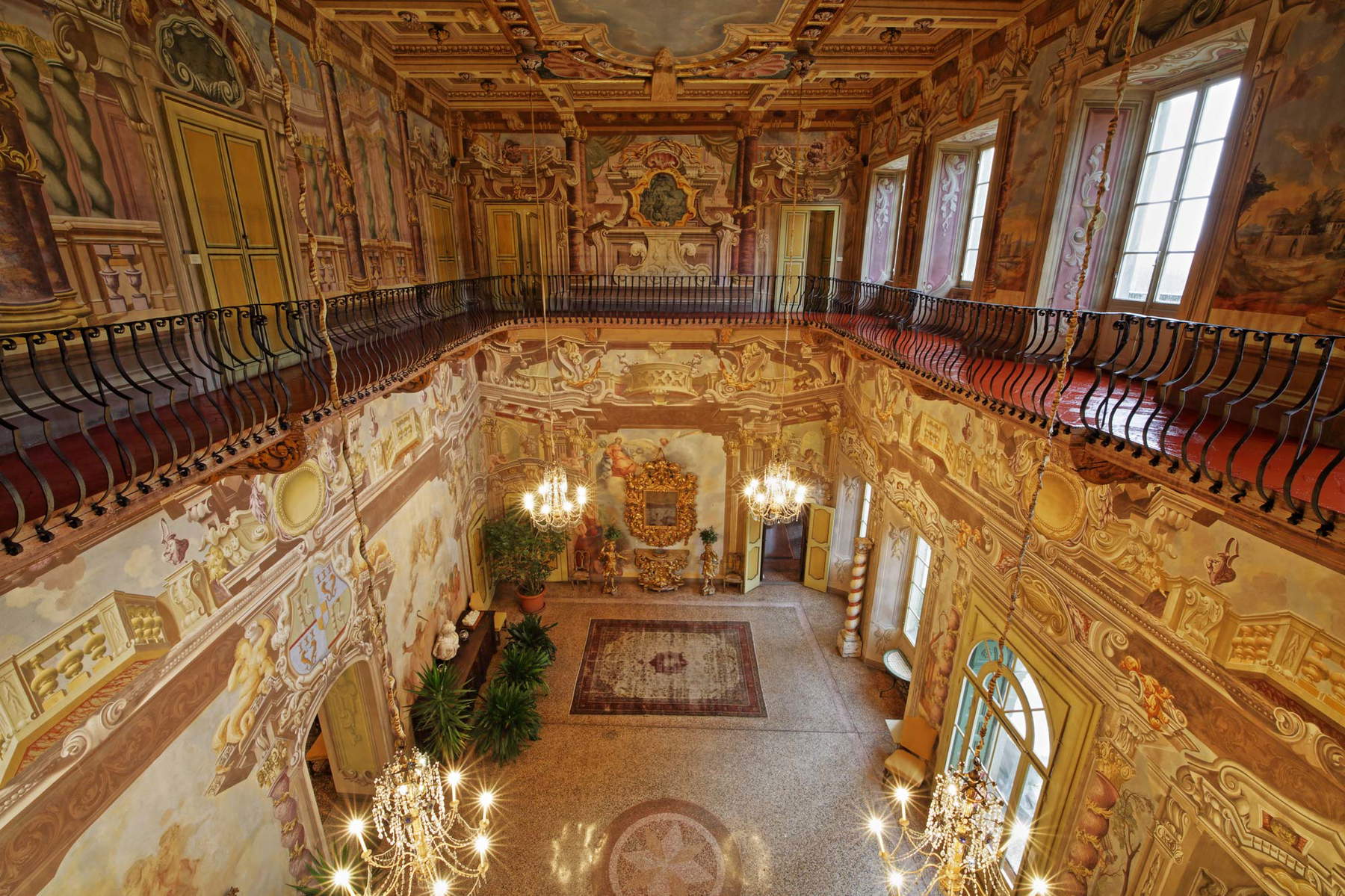
7. The Malaspina Castle in Fosdinovo.
The Malaspina Castle in Fosdinovo is surely the most famous manor house in Lunigiana, still owned by a branch of the Malaspina family, which ruled these lands for centuries. Built on top of a sandstone rock overlooking the town of Fosdinovo, the castle was built starting in the 12th century but it was between the 14th and 16th centuries that it took on its current appearance: it was in fact transformed from a military garrison to a stately home, while retaining its imposing appearance, with towers, a massive semicircular rampart, and patrol walkways above the roofs. Within the walls of the Castle of Fosdinovo also stayed Dante Alighieri, a guest of the Malaspina family during his stay in Lunigiana. The interior can be visited: you can walk through the frescoed rooms, such as the Dining Room, the Hall, and the Throne Room. And as in any self-respecting castle, it seems that a ghost dwells here in Fosdinovo as well.
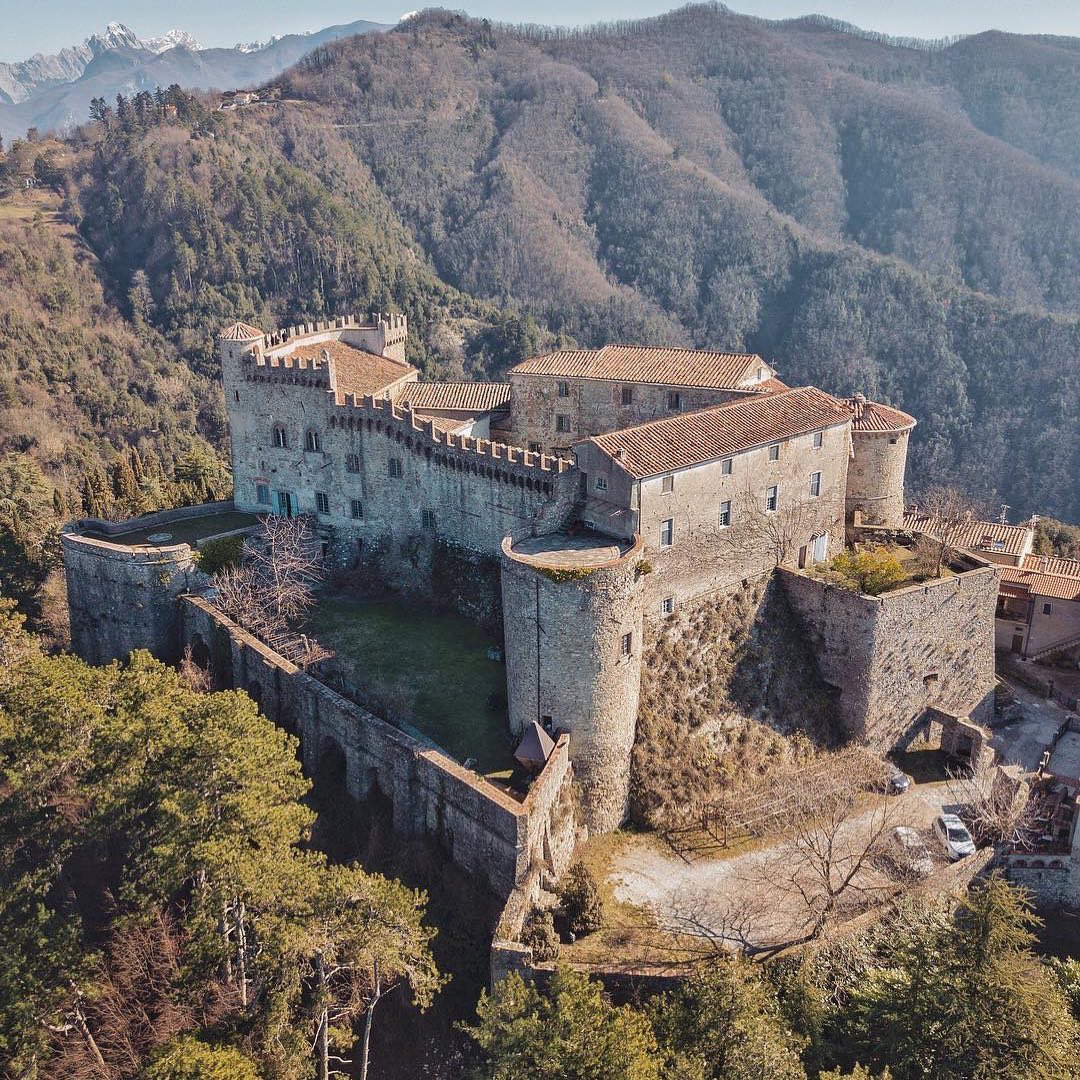
8. Malgrate Castle
This is one of the best-preserved medieval castles in Lunigiana: it probably dates back to the 12th century, although it is first mentioned in a document from 1351. It had an important strategic function since it was placed to guard the valley of the Bagnone River, a tributary of the Magra. Enlarged between the 14th and 15th centuries, it underwent several changes of ownership over the centuries, and over time (particularly in the 17th century) became an aristocratic mansion, though outwardly it retained the appearance of a medieval fortress. Today it is most recognizable because of its large circular tower, more than twenty-five meters high, and dating back to the castle’s early construction phases.
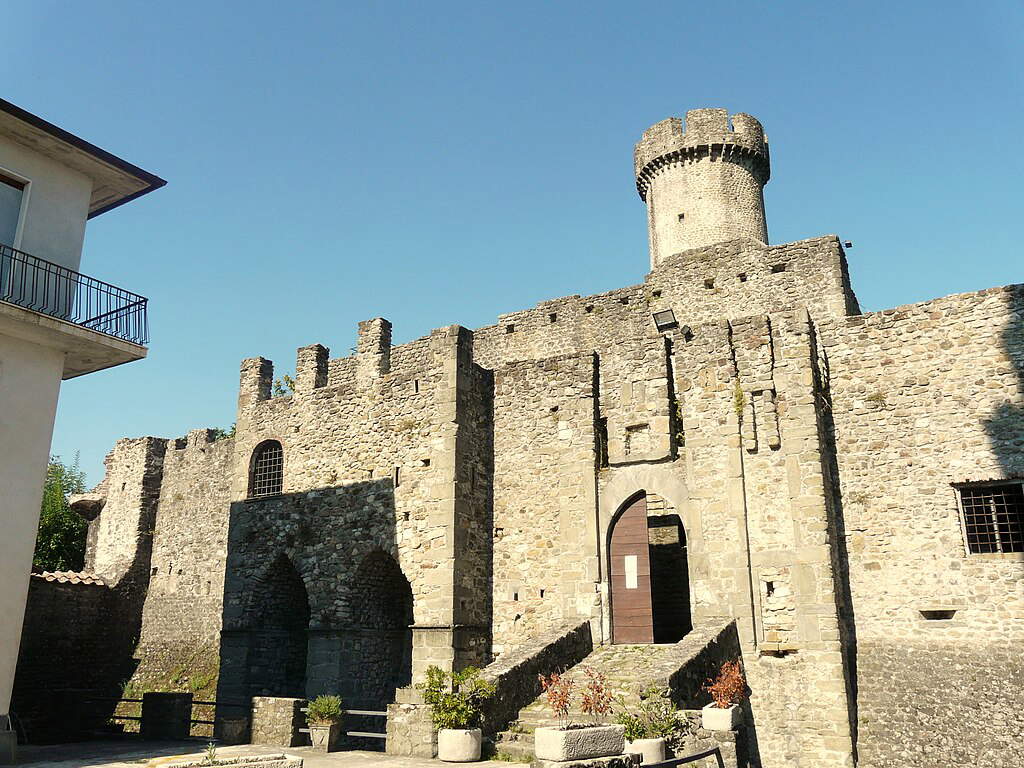
9. The caves of Equi Terme
Near the spa town of Equi Terme (a hamlet of Fivizzano) is the extensive karst system of the Equi Caves: tunnels, underground lakes, stalactites and stalagmites, even an underground stream. At certain times of the year the water fills the caves completely, offering particularly spectacular scenery. The caves can be visited (as part of the “Geo-Archeo-Adventure Park of the Equi Caves” complex) and offer a variety of activities: from simple routes through the tunnels that enter the cavern, with differentiated proposals for all ages, to sporting activities for climbing or biking enthusiasts, via “speleo adventures” with ferrate, Tibetan bridges in the cave and more.
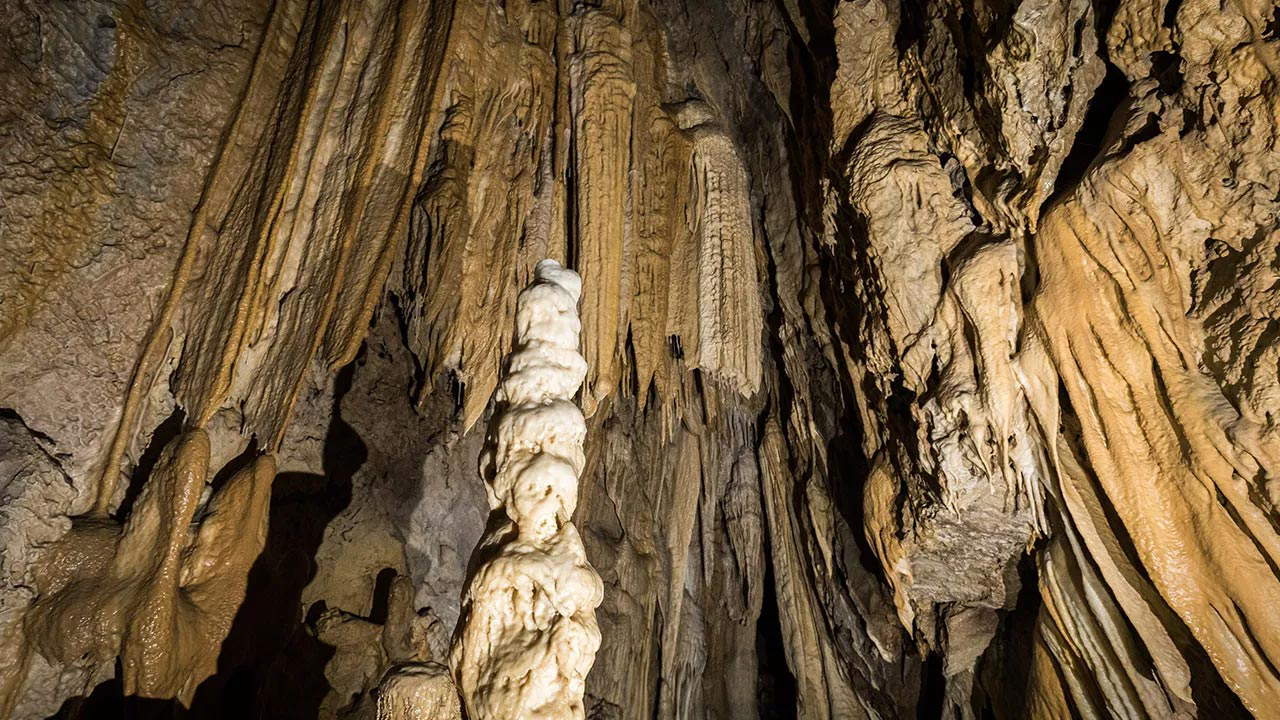
10. The Abbey of San Caprasio
The Abbey of San Caprasio is the oldest monument in Aulla: the church of the abbey complex, dedicated to Santa Maria Assunta, was in fact founded in 884. In 1050 it was reported to be dedicated to St. Caprasio, and was later remodeled over the centuries (today it looks modern, but the apse is still that of the original building). The San Caprasio Museum, one of the main ones in the area, has been set up in what was once the monastery’s chapter house: inside are archaeological finds, medieval works (especially beautifully decorated sculptures and capitals, starting with the not-to-be-missed winged dragons by Master Oberto Ferlendi, a sculptor who lived in the late 12th and early 13th centuries), the reliquary of St. Caprasio, and much more.
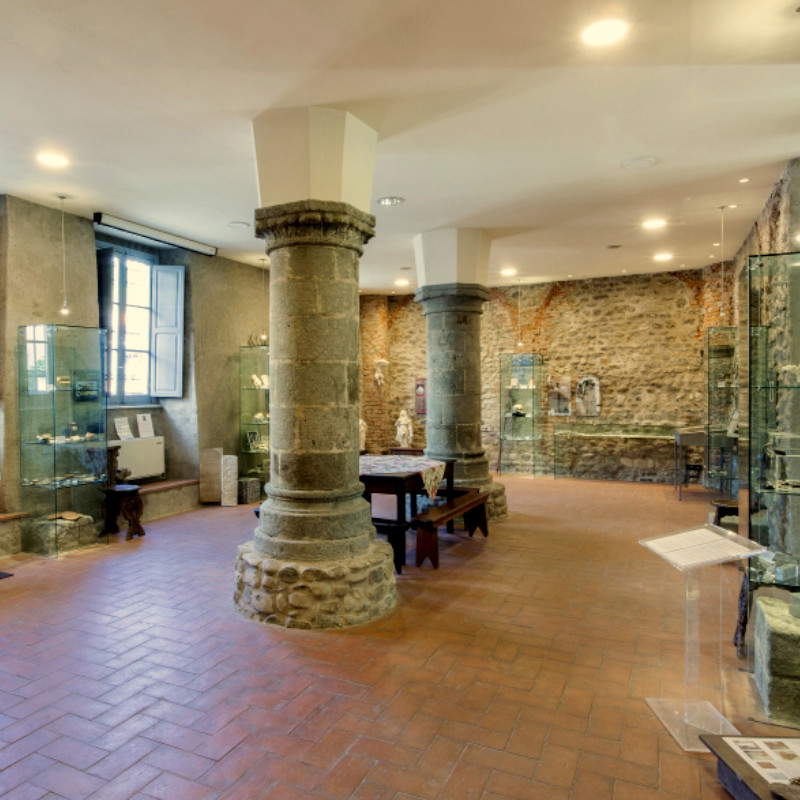
 |
| Lunigiana, what to see: the 10 places not to be missed |
Warning: the translation into English of the original Italian article was created using automatic tools. We undertake to review all articles, but we do not guarantee the total absence of inaccuracies in the translation due to the program. You can find the original by clicking on the ITA button. If you find any mistake,please contact us.




























